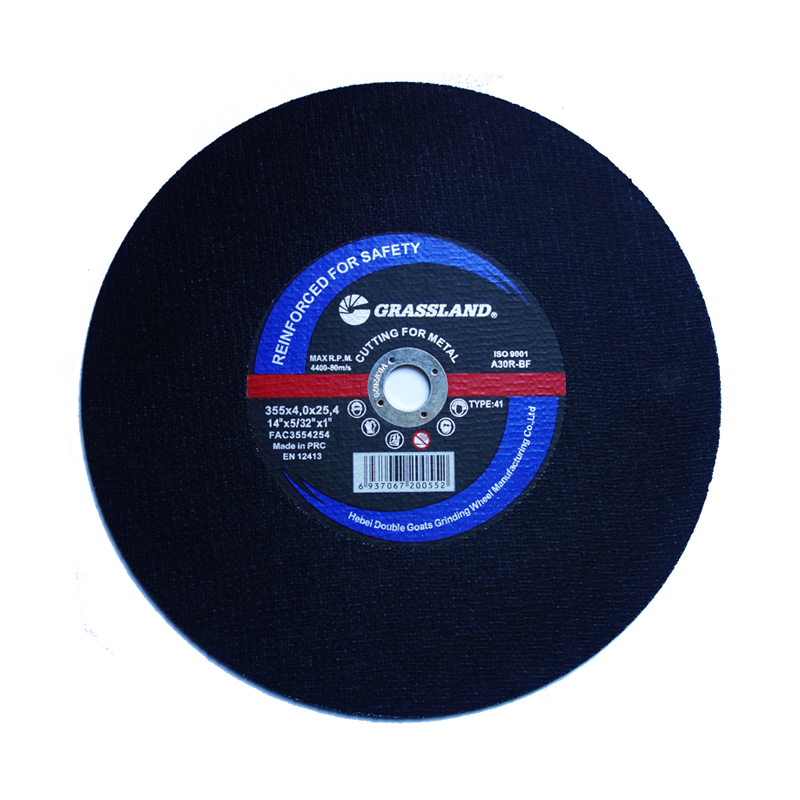Grinding Discs for Stone Enhancing Precision and Performance
Grinding discs are vital tools in the fabrication and finishing of stone surfaces. Whether used for cutting, shaping, or polishing, the right grinding disc can significantly affect efficiency, precision, and the overall quality of the finished product. When it comes to stone, understanding the various types of grinding discs available, their specifications, and correct usage is essential for achieving optimal results.
Types of Grinding Discs for Stone
1. Diamond Grinding Discs These are arguably the most popular choice for grinding stone due to their durability and effectiveness. Diamond discs are made with a high concentration of diamond particles, which provide superior cutting performance and longevity. They are particularly useful for harder stones like granite and quartz, where traditional abrasives might struggle to maintain performance over time.
2. Silicon Carbide Discs Silicon carbide grinding discs are another commonly used option for softer stones, such as marble and limestone. They offer a good balance between cost and performance, making them suitable for smaller projects where precision is key but budget is a consideration. Their sharp abrasive qualities enable effective grinding and polishing.
3. Metal Bonded Discs These grinding discs are designed for heavy-duty applications and are often used in professional stone workshops. The metal bond helps to hold the abrasive particles securely, allowing for more aggressive grinding without the risk of premature wear. These are particularly effective for initial grinding stages where aggressive material removal is needed.
Selecting the Right Grinding Disc
grinding discs for stone

Choosing the proper grinding disc depends on various factors, including the type of stone, the condition of the surface, and the intended finish. For example, if you are working with hard granite, a diamond grinding disc would be more effective than a silicon carbide one. Conversely, for softer stones, silicon carbide would suffice and be more economically viable.
Furthermore, consider the grit size of the grinding disc. Coarse grit discs (usually 30-60 grit) are best for quickly removing material, while finer grits (up to 2000 grit) are ideal for finishing and polishing surfaces. Depending on your project's needs, you may require a combination of both coarse and fine discs to achieve the desired outcome.
Importance of Safety Precautions
Working with grinding discs can pose risks, especially when dealing with hard materials like stone. It is essential to follow safety measures to ensure proper handling and to protect oneself. Always wear appropriate Personal Protective Equipment (PPE), such as goggles, gloves, and masks, to shield against flying debris and dust inhalation. Furthermore, it is crucial to ensure that the grinding equipment is operated under the manufacturer’s guidelines to prevent accidents and equipment failure.
Conclusion
Grinding discs are indispensable tools in the stone industry, allowing for precise and efficient work on various stone materials. By understanding the types of discs available, how to select the right one for specific applications, and the importance of safety, stone fabricators can enhance their productivity and the quality of their work. Investing in high-quality grinding discs not only improves the finish but also contributes to the longevity of both the tools and the materials being worked on.
Post time:Dec - 15 - 2024

















